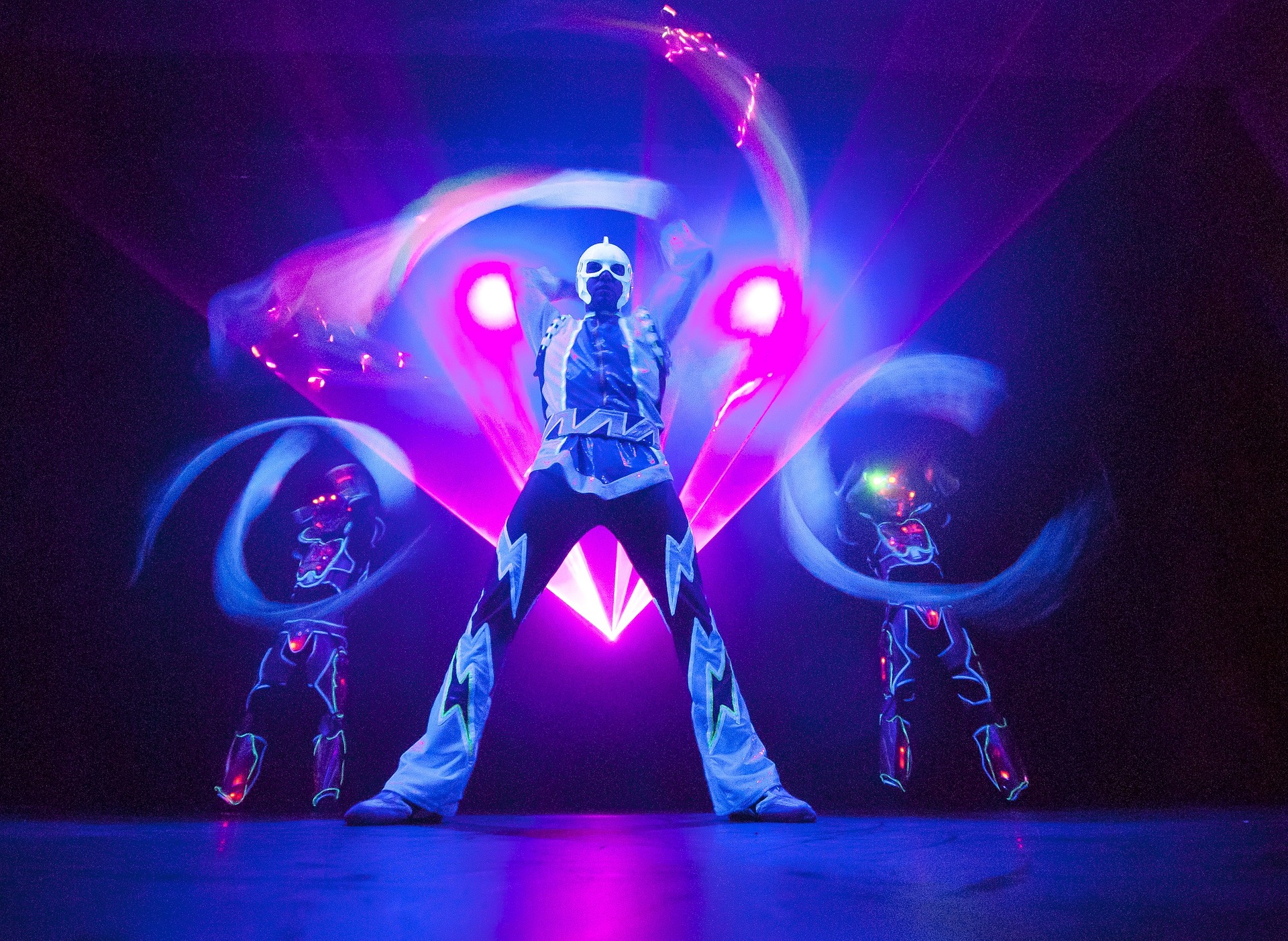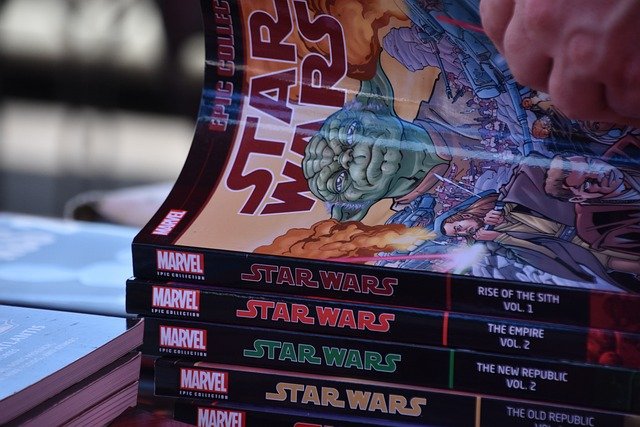Digital Renaissance: The Rise of Virtual Reality in Modern Art
Introduction: Virtual reality (VR) is no longer just a buzzword in the gaming world or a futuristic concept in sci-fi movies. It has found its way into the art realm, creating a digital renaissance that's changing how we perceive and interact with art. This article delves into the historical evolution of VR in art, its current prominence, and the potential impact on the future of artistic expression.

Shedding Light on the Past: The Journey of VR in Art
The seeds of VR in art were sown in the 1960s and 70s, with the advent of computer graphics and animations. It was during this period that artists began experimenting with digital technology to create immersive art experiences. However, it wasn’t until the early 2000s, with the development of sophisticated VR headsets and software, that VR art started to take shape in a significant way.
The Present Scenario: A Digital Playground for Artists
Today, artists are using VR to push the boundaries of creativity and audience engagement. They are creating immersive, interactive 3D environments that allow viewers to step into the artwork and become part of the narrative. This trend is evident in art festivals and exhibitions worldwide, where VR installations are becoming increasingly common.
Impact and Significance: A New Artistic Language
The introduction of VR in art is not just a technological advancement; it’s a cultural shift. It is redefining the traditional concept of ‘viewer’ and ‘artist’, blurring the lines between creator and spectator. More importantly, it’s providing a platform for artists to address complex themes and social issues in a more engaging and impactful way.
Reception and Criticism: The Double-edged Sword
While VR in art is being lauded for its immersive and interactive qualities, it’s not without its critics. Some argue that the technology may overshadow the artistic intent, reducing art to a mere spectacle. There’s also concern about accessibility, given the high cost of VR equipment. However, these criticisms are balanced by the potential of VR to democratize art, making it more accessible to people regardless of geographical location.
Looking Ahead: The Future of VR in Art
Despite the challenges, the future of VR in art looks promising. As the technology advances and becomes more affordable, we can expect to see more artists experimenting with VR and more audiences experiencing art in this immersive format. It’s clear that VR is not just a passing trend; it’s a new artistic medium that’s here to stay.
In conclusion, VR is revolutionizing the art world, challenging conventional norms and opening up new avenues for artistic expression and audience engagement. As we stand on the cusp of this digital renaissance, it’s exciting to imagine what the future holds for VR in the art world.




